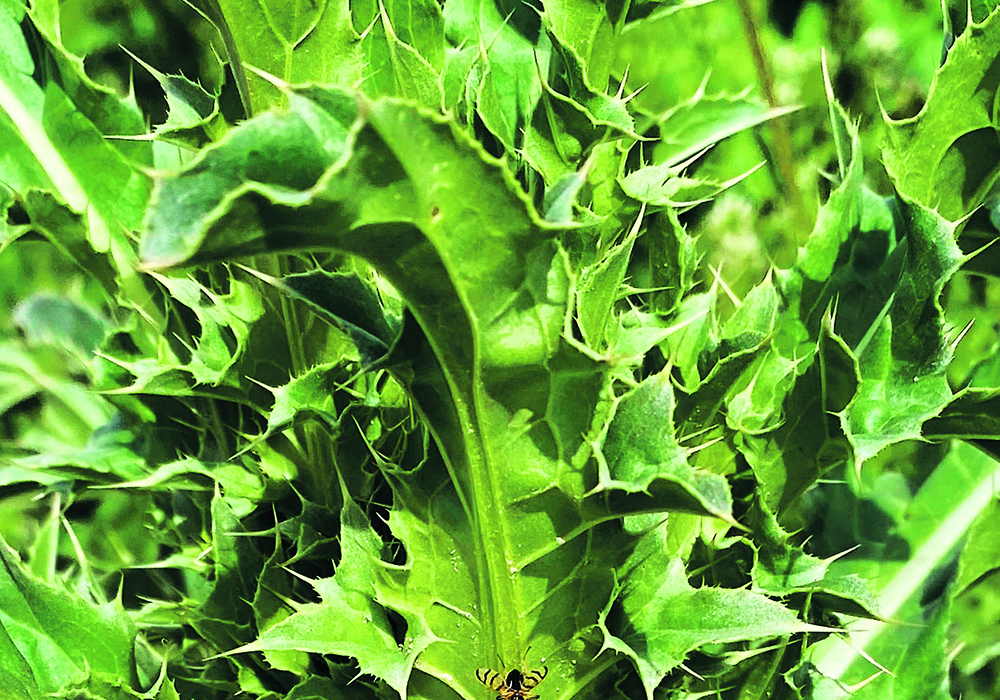Redroot pigweed is an annual pest that resists Groups 2 and 5 herbicides in some cases.
The weed, formally, known as Amaranthus retroflexus, produces more than 100,000 seeds in a season. It is an aggressive plant that can do significant harm to yields in noncompetitive crops such as flax.
With a long and large, reddish taproot, the plant can scavenge moisture from deep in the soil’s profile once the weed is established.
Lower stalks are thick and smooth on the surface, while upper areas and branches are rough and hairy. It is best to take control measures when the plant is young, the leaves are oval and have a notched tip. Later they develop a diamond shape.
Read Also

Gene editing digs deeper space in Canadian plant breeding
More Canadian research into crop variety development is incorporating gene editing, and one researcher notes that Canada’s regulatory approach to gene editing will help drive innovation
During July and August, flower spikes carry many densely packed green blossoms. The resulting tiny seeds are round, black and shiny.
Needing warm soil to germinate the seeds, which remain viable for up to five years, the plant is a late-season starter, resulting in its avoidance of the spring burnoff or early applications of post-emergent products.
In hot June conditions, the weed will also rapidly advance past growth stages where it can easily be controlled in crops that aren’t broad spectrum herbicide tolerant.
Stealing nutrients and water are not the only reasons for eliminating this plant from a crop as it acts as a host for insect pests. The weed branches and grows up to a metre in height, shading the crop.
In addition to harming crops, the plant is toxic to livestock, including free ranging swine.
On the upside, it isn’t competitive if the field crop has a head start from early seeding.
Resistance to Group 2 herbicides is limited to Manitoba, Ontario and North Dakota, while tolerance to Group 5 is only in Ontario and some U.S. states. Controlling this native plant should be done through multiple mode of action products, if Group 2 is part of the plan.
Herbicides with some residual action in the appropriate crops will also help reduce infestations.
Delaying post-emergent applications of broadleaf products until soil temperatures are above 20 C will help ensure seeds have germinated.
Shallow tillage or heavy harrowing in late fall will encourage earlier spring germination as the soil warms.














